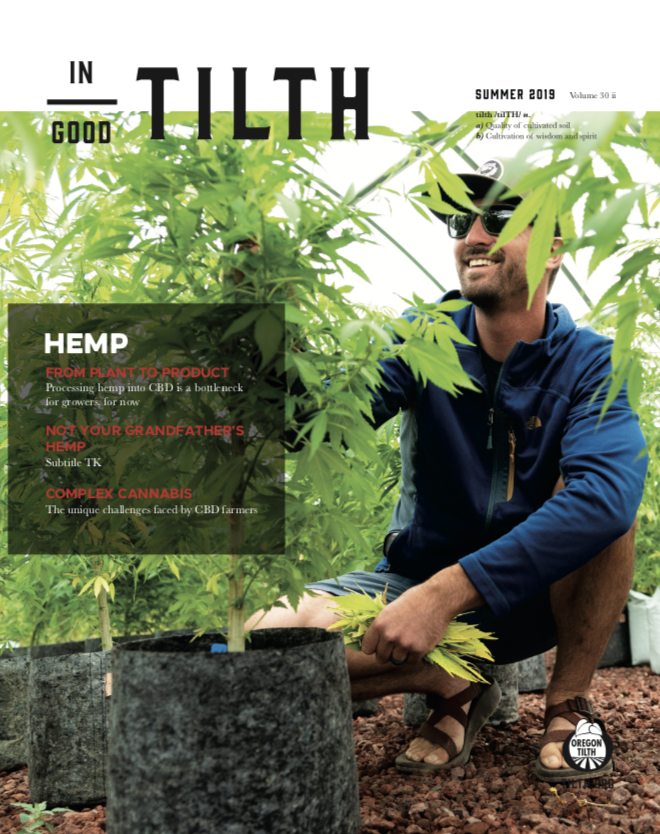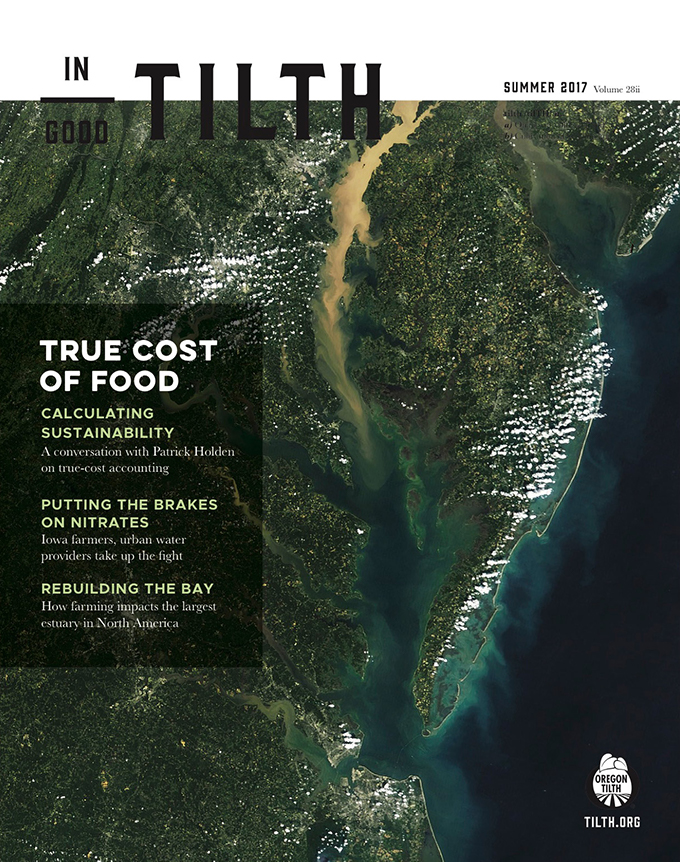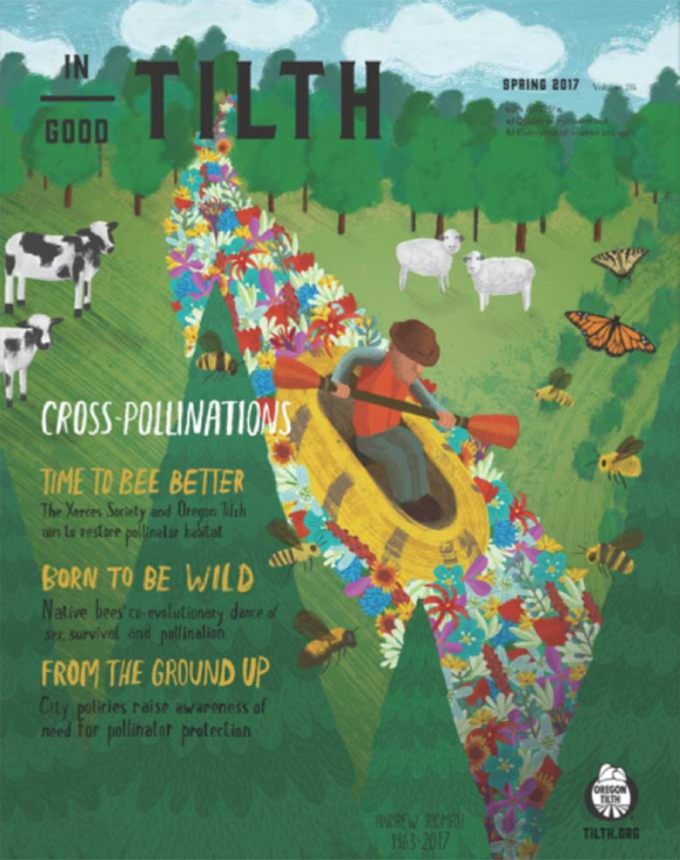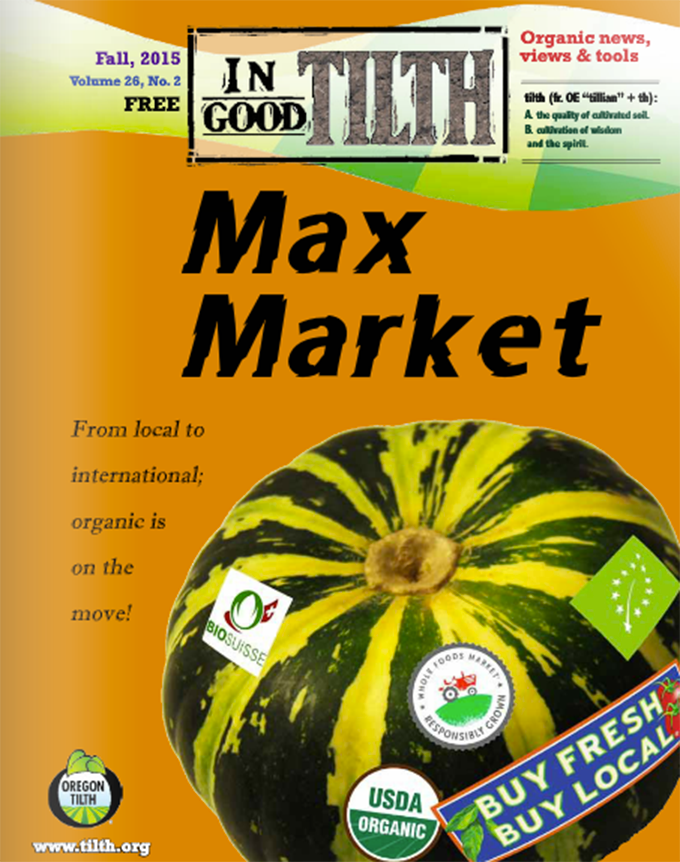PLU codes are the little bar-coded stickers on produce that “ring up” the right price (hopefully) at the cash register in the grocery store. The four-digit codes are for conventionally grown produce; codes beginning with “9” are used to identify organic produce.
PLU codes were created for the benefit of retailers, not consumers. It is a voluntary system, not regulated by any governmental agency. Thus you see loose, unlabeled produce in the stores. The four-digit PLU codes are assigned randomly within the 3000 and 4000 series.
There has been a rumor circulating for years that the number on the PLU code for produce can signify whether the item is genetically modified. Supposedly, if the five-digit number begins with “8,” it is GMO. Not so.
Without mandated labeling, it is very unlikely that there will be any systematic method to identify produce that is genetically modified. For the time being, the best way to find out is to ask your produce manager at the store. They can contact their suppliers.
Currently, the only GMO produce on the market is a small amount of zucchini, yellow squash, sweet corn, and papaya. Coming on to the market: White Russet potatoes and Arctic apples. Major commodity crops raised from GMO seed include corn (90 percent), soybeans (93 percent), canola (93 percent), cotton (90 percent) and sugar beets (98 percent).* Genetically modified alfalfa is grown for use as hay and forage for animals. For more information about avoiding GMOs in food, visit the Non GMO Food Shopping Guide.
* Percentages are based on U.S. acreage as of 2013 (USDA).
The Institute for Responsible Technology (IRT) is a nonprofit organization that researches and reports news and information about the health risks of genetically engineered food.



















